Heat Control System
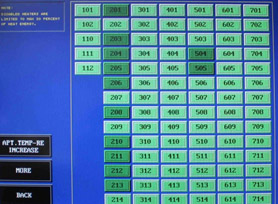 The K3D’s Heat Control System was designed to control energy use for heating multi-unit residential buildings. The system enables remote monitoring and control of temperature as well as reduction of peak demand through a temperature-based duty-cycling algorithm developed specifically for the application.
The K3D’s Heat Control System was designed to control energy use for heating multi-unit residential buildings. The system enables remote monitoring and control of temperature as well as reduction of peak demand through a temperature-based duty-cycling algorithm developed specifically for the application.
The heart of the K3D’s HCS is a central digital control system providing temperature control and monitoring. The system is fully configurable and allows the management to set the desired temperature range in each apartment unit and control the amount of heat allocated to each unit individually. The management can also configure different night temperature if the city or local municipality bylaw allows night setback.
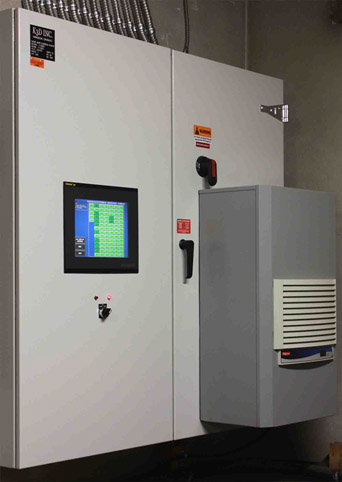 K3D’s HCS greatly reduces the irresponsible heat usage, when in-unit thermostats are often set to the highest temperature settings and open windows control perceived over-heating. The system can help reduce the heating costs by up to 40% in buildings with either electric or gas heating.
K3D’s HCS greatly reduces the irresponsible heat usage, when in-unit thermostats are often set to the highest temperature settings and open windows control perceived over-heating. The system can help reduce the heating costs by up to 40% in buildings with either electric or gas heating.
K3D’s HCS does not solely rely on thermostats located in apartment units. This simply means that if the tenants choose to keep windows or balcony doors open they will have to accept a lower space temperature no matter how they set their thermostats. If they want to stay comfortable, they have to be concerned about redusing the loss of heat through open balcony doors or windows. Adjacent units will still be maintained at more comfortable temperatures.
Another key feature of the K3D’s Heat Control System is an additional reduction of expenses by optimizing heating for Time-of-Use (TOU) pricing.
How K3D’s Heat Control System Work
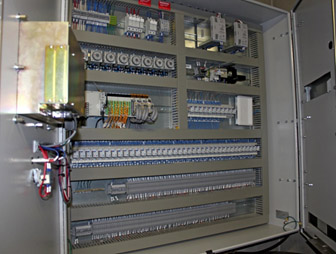 The K3D’s Heat Control System is based on an industrial grade programmable logic controller (computer). The controller governs a series of solid-state relays capable of millions of cycles of operation. Those relays control apartment electric baseboard heaters or boilers duty cycle,
The K3D’s Heat Control System is based on an industrial grade programmable logic controller (computer). The controller governs a series of solid-state relays capable of millions of cycles of operation. Those relays control apartment electric baseboard heaters or boilers duty cycle, 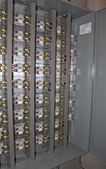 pumps output, and flow control valves in case of gas heating.
pumps output, and flow control valves in case of gas heating.
A proprietary algorithm controls heat allocation using data gained by an outdoor temperature sensor, wind speed and direction sensor, humidity sensor and multiple interior temperature sensors. The chill factor is measured via the ultrasonic wind speed and direction sensor for controlling the heat distribution in the building.
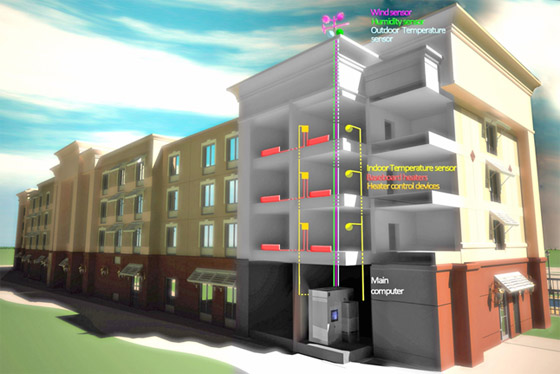
Windward facing apartments receive more heat to maintain comfortable temperature level. Downwind facing apartments can maintain a comfortable temperature level with less heat due to the heat transfer through the building. The humidity sensor provides additional control of the heat allocation.
The K3D’s Heat Control System has a special algorithm for high-rise buildings with heat inertia. The optimization incorporates the thermal properties of building walls and floors to preserve heat after outdoor temperature drops as well as the opposite effect when it takes longer to warm up the building although the outdoor temperature rises.

Additional temperature sensors inside a building allow the system to automatically make necessary adjustments to the heat level as needed.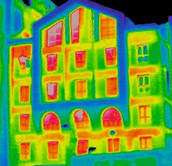
The system is configurable by the management. The access to the Control Panel is password protected.
Heat Loss
It is not unusual to see open windows and balcony doors in multi-unit apartment buildings during the heating season.
When there is only one meter per building, heating expenses are averaged, thus discouraging the average tenant from conserving energy. The K3D’s Heat Control System eliminates this inefficiency.
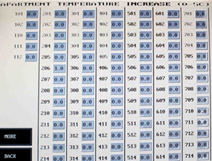 Monitoring and control of apartment temperature
Monitoring and control of apartment temperature
In order to reduce heating expenses, the indoor temperatures are controlled from one central location using the K3D’s Heat Control System. The management configures the heating profile and the system maintains the desired heat level.
Night set-back
The K3D’s HCS may be configured to lower the indoor temperature at night and raise it back to the day time level in the morning.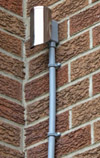
Prevention of off-season heating
The K3D’s HCS monitors the outdoor temperature and turns heating off when it reaches a predefined threshold. The Management has full control on the system and can turn heating on only during the heating season.
Coordinated duty-cycle to reduce peak load and demand charges
The K3D’s Heat Control System utilizes a Peak Demand Control algorithm to minimize the number of heaters turned on simultaneously at any period of time.
Balanced heat distribution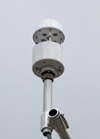
The K3D’s HCS system utilizes a state-of-the-art industrial grade wind speed and direction sensor to predict the areas with higher heat demand due to the wind chill effect.
System reliability
The system is fully redundant. All the key components are duplicated. Furthermore, in case of emergency the K3D’s Heat Control System can be switched into the manual mode. In the manual mode the central control unit is disabled and the temperature inside the apartments is controlled by local thermostats.
